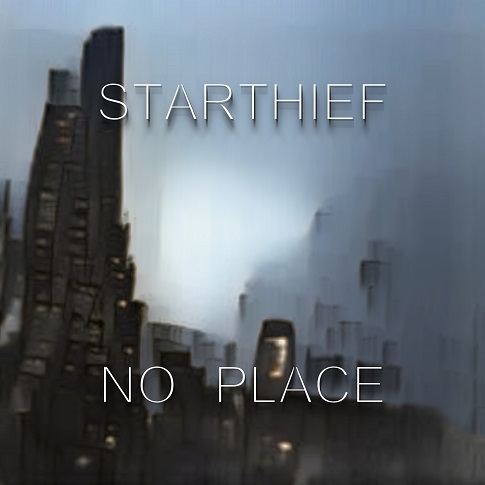It’s nice to finally get some autumn-like weather again. We waited until last night, marshmallows and cheddar turkey sausages at the ready, for the opportunity to “camp” on our back patio and enjoy it. The later dawn, earlier sunset, fall colors, and more human-friendly temperature and humidity generally brings a lift to my mood and general energy level.
The Lyra-8 has been working out well for me. I’ve started a collection of some decent recordings of improvisations with it, and submitted two of them to Ambient Online’s next compilation. A couple of times I’ve worked from “what’s the most utterly horrendous noise possible?” to something really gorgeous.
I know its self-modulation will never really be tamed — there are singularities along the range of the “Mod” knobs that defy all explanation. But so long as I avoid those, I’m developing a better sense of the combinations, modulation, effects, techniques, performance etc. that give me results I like. Natural Gate is a yes for sure, as it adds more definite articulation and really enjoys chewing on those full, harmonically rich and noise-infused sounds. Stereo delay as well as Haaze can give it width and depth, and delay and reverb can help turn the instrument’s generally loose sense of pitch into a fuller “ensemble” feel. Low shelf EQ, notch filtering and dynamic EQ can tame some of the overwhelming pressure the instrument puts in some bands, while a high shelf or noise reduction algorithms can reduce or shape some of the noisiness of the built-in PT delay. CV modulation requires some offset and attenuation to work well, as the first couple of volts often seem to have almost no effect. With that knowledge I want to revisit external FM sources and see how they differ from the internal modulation routing. I haven’t tried pitch sequences with the SQ-1 or Stages yet, but that’s coming.
The Lyra is certainly responsive to touch and expressive to play, but it invites a bit more.
- I’d like some subtle performance control over vibrato and pitch bending. It can be achieved somewhat through modulation between voices, but you’ve got to play multiple voices for that, and that’s more like “influence” rather than control. Trying to use the tuning knobs for micro pitch fluctuations is a bit awkward and risky, and the vibrato toggle switch is very organ-like and heavy-handed.
- Likewise, dynamics control with the touchplates can be a bit tricky. Some of it is down to technique, combining different touches/brushes of the plates with the envelope switch and Hold knob settings — and is a pretty delightful aspect of the feel of the instrument at times — but more control is welcome.
- Expressive control over other aspects of the sound — like the mix level of an effect, or a manually controlled phaser or something — seems like it would be extremely welcome with this instrument.
- When I’m playing non-Lyra synths now, I feel like I’m missing a dimension.
I’m considering the Expressive E Touché SE. It’s a highly adjustable touch controller inspired by the touché d’intensité control (aka the “lozenge”) on the Ondes Martenot, but with 4 degrees of freedom rather than one. You can press, tap, rock, and shift it, and assign different directional controls as needed — most typically, downward pressure to affect volume and brightness, and sideways movement for vibrato and bending. You can adjust its sensitivity and its feel, through a combination of electronic settings, software settings, a mechanical balancing slider, and physically changing out an internal cylinder if you want to get that deep. I tried its more expensive sibling at Knobcon a couple of years ago, and it felt very good. The “Software Edition” is USB-only and gives up direct MIDI and CV connections, but I can get around that easily with the Bitwig/Expert Sleepers integration. The full version could be a smarter choice if intended to play live without a computer, which… right now I assume I don’t.
But: desk space. I’ll have to figure out if it will fit and if the ergonomics will be right.
There are other possibilities, with… mostly fewer benefits other than fitting in the modular rack. Intellijel Tetrapad, Meng Qi Hand, Adventure Audio Skin, FSRs (force sensing resistors)… I have a lot of questions about some of them, doubts about others. A couple of them are cheap enough I might add them on for giggles even if I go for the Touché, if I make other small changes to the modular.

